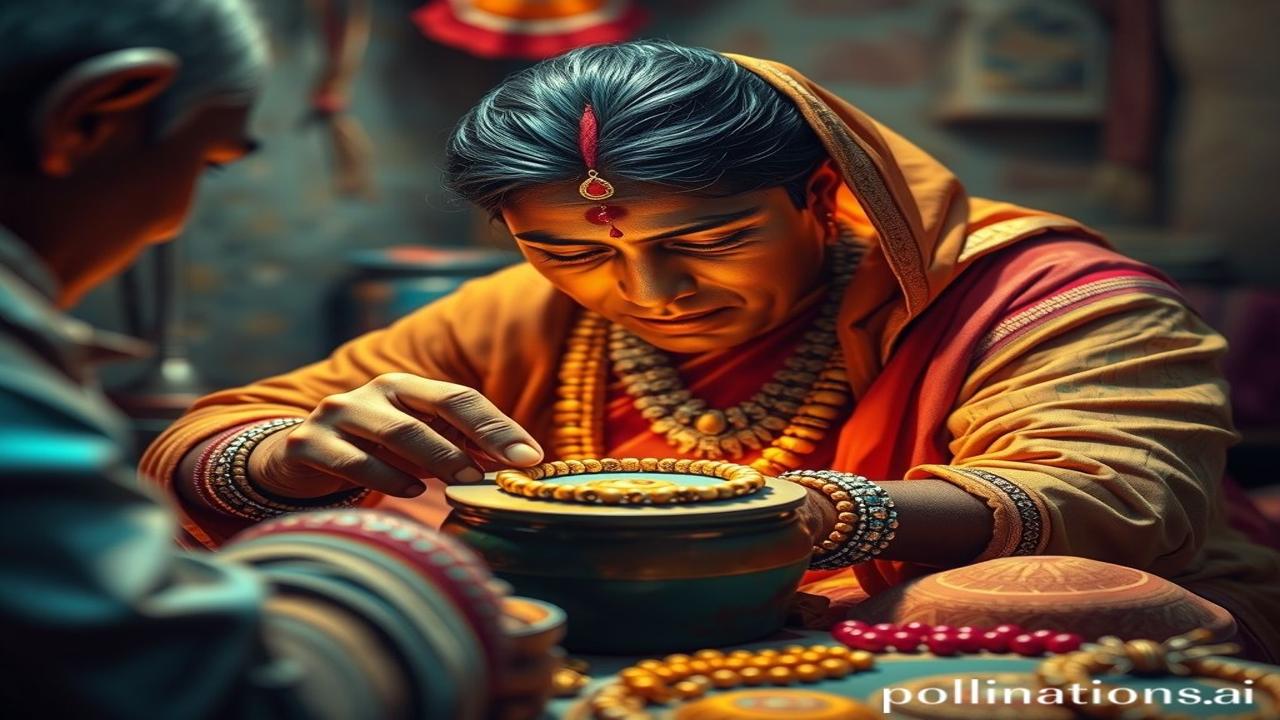Waqt ke Panno Mein Chhupi Kala: Unveiling India’s Traditional Jewellery Making Techniques
Kabhi socha hai, kisi shaadi mein maa ke haatho mein jo kangan dekhte ho, uske peeche kitni sadiyon ki kala chhupi hui hai? The sparkle, the weight, the sheer artistry… it’s more than just decoration. It’s a story etched in metal, a whisper from our ancestors. Let’s journey down the lane of time and unearth the secrets behind India’s traditional jewellery-making techniques, a treasure trove of artistry and heritage.
Bharat ki Dharti, Kala ki Janani: Historical and Cultural Context
So, what exactly are we talking about when we say “traditional jewellery making techniques”? We’re talking about the age-old methods used to craft stunning pieces of adornment that have been passed down through generations of artisans in India. Think filigree, kundan, meenakari, and so many more.
These techniques aren’t just about making pretty things. They’re deeply intertwined with our history, our culture, and our very identity. From the royal courts of the Mughals to the village temples of South India, jewellery has always been a symbol of status, power, spirituality, and beauty.
Some of these techniques, like the use of metal casting, can be traced back to the Indus Valley Civilization (around 3300-1700 BCE)! Imagine, even back then, our ancestors were experimenting with alloys and creating intricate designs. Later, the Mauryan Empire and the Gupta period further refined these skills. Each dynasty, each region, contributed its own unique flavour and style, resulting in a dazzling mosaic of craftsmanship.
The why is simple: beauty and meaning. Jewellery wasn’t just something you wore; it was a sacred object, imbued with protective powers and symbolic significance. Different gemstones were believed to have different properties, and certain designs were thought to ward off evil spirits. Jewellery was an investment, a family heirloom, and a reflection of one’s position in society.
Zameeni Sach: The Hands Behind the Glitter
Let’s imagine a bustling workshop in Jaipur during the Mughal era. Picture Ustad Karim, a master artisan, meticulously working on a kundan necklace for the empress. Sweat beads on his brow as he carefully sets each precious stone into the gleaming gold. His fingers, gnarled and calloused from years of experience, move with a practiced grace.
“Karim, beta, dhyaan se,” his father, a veteran goldsmith himself, advises from across the room. “Yeh kala hamari dharohar hai. Isse sambhaal ke rakhna.”
Nearby, a group of young apprentices learns the intricate art of meenakari – enameling metal surfaces with vibrant colours. They laugh and chat, their voices mingling with the rhythmic hammering and the clinking of tools. These artisans lived and breathed their craft. Their lives were inextricably linked to the demand for exquisite jewellery from the wealthy and powerful. They faced economic hardships, political instability, but they persisted, driven by a passion to create and preserve their ancestral skills. Warriors wore amulets for protection, dancers adorned themselves with elaborate jewellery to enhance their performance, and farmers gifted simple silver anklets to their wives as tokens of love. Jewellery touched every aspect of life.
Dharohar aur Pehchan: Echoes of the Past in the Present
Today, even in the age of mass production, these traditional techniques continue to thrive. You can find kundan jewellery in bridal stores, filigree earrings at handicraft fairs, and meenakari boxes in antique shops. They represent more than just fashion; they are a tangible link to our cultural heritage.
The revival of traditional jewellery making is a testament to the enduring appeal of handcrafted art. It’s a rejection of the generic and a celebration of the unique. Wearing a piece of traditionally crafted jewellery is like carrying a piece of India’s history with you. It resonates with Bharatiyata, with our innate sense of belonging to a rich and diverse cultural tapestry. It’s a symbol of pride in our heritage and a statement about our modern identity.
Mazedar Tathya ya Bhram-Bhanjak: Unveiling the Myths
Log samajhte hain ki “kundan” sirf gold ke saath hota hai, lekin asli sach yeh hai ki kundan ek technique hai, jisme koi bhi metal base ho sakta hai. While gold is the most common, kundan can also be done on silver or even copper! It’s the technique of setting precious stones in gold foil that defines it, not necessarily the metal itself.
Drishya aur Bhavnayein: A Sensory Journey
Imagine the air thick with the scent of melting gold and the faint aroma of charcoal. The workshop is dimly lit, illuminated by the warm glow of oil lamps. The walls are adorned with intricate carvings of gods and goddesses, offering blessings to the artisans. The sound of hammers striking metal echoes through the narrow streets, a constant reminder of the creative energy that permeates the air. Feel the cool smoothness of a polished gem in your hand, the weight of a solid gold bangle, the delicate texture of filigree.
Antim Vichar ya Uddharan: A Timeless Legacy
“Kala toh dharohar hai, jo har pidhi mein zinda rehti hai.” (Art is a legacy that lives on in every generation). These traditional jewellery making techniques are not just crafts; they are living traditions. They are a testament to the skill, creativity, and perseverance of generations of artisans. They are a reminder of the rich cultural heritage that makes India so unique. Let us cherish and preserve these treasures for generations to come.
